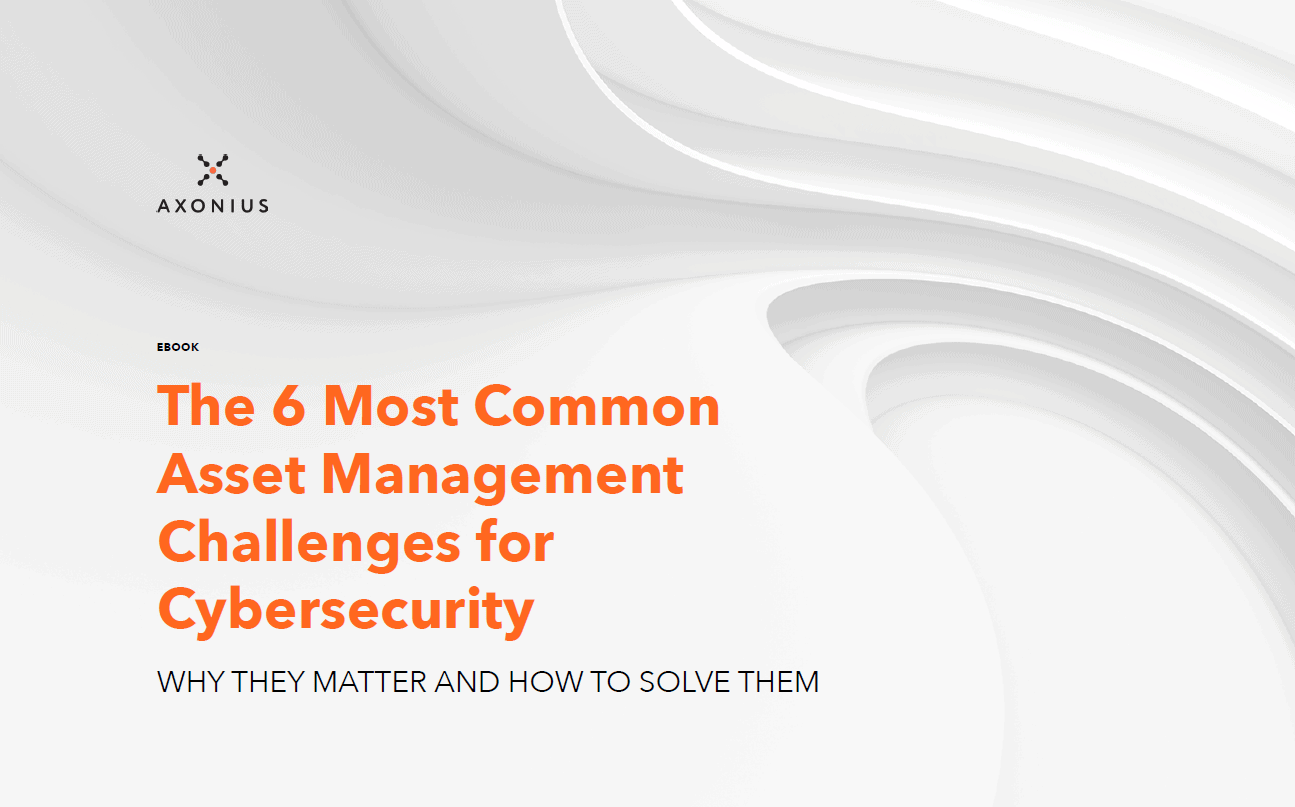What Is Cyber Asset Attack Surface Management and Why Does It Matter?
In today’s complex digital environment, where assets are scattered across cloud, on-premise, and remote networks, maintaining a complete, up-to-date inventory is essential. CAASM solutions enable organisations to aggregate and normalise data from diverse security tools such as endpoint detection and response (EDR), vulnerability scanners, and asset management systems to create a single, reliable source of truth.
As Matt Jopp (Cyber Security Architect at Coats) put it, “You cannot protect what you are not aware of.” This foundational insight underlines the critical role CAASM plays in proactive risk management.
What You’ll Learn:
- What CAASM is and why it’s essential for modern cybersecurity
- How CAASM creates a unified, real-time asset inventory
- The role of continuous monitoring in proactive risk management
- How CAASM simplifies compliance and reporting for global regulations
- Best practices for integrating CAASM into your cybersecurity strategy
How Does CAASM Create a Unified Asset Inventory?
Liz Morton (Field CISO at Axonius) explained that CAASM tools collect metadata from a variety of sources and convert it into a standardised schema. This process of data aggregation and normalisation overcomes the challenge of disparate reporting formats, enabling security teams to see the complete digital estate.
By ensuring that outputs from systems like EDR platforms and asset managers are aligned, CAASM eliminates the “garbage in, garbage out” problem. The result is a holistic, reliable asset inventory that is essential for effective cybersecurity operations.
Why Is Continuous Monitoring Critical in CAASM?
In the podcast, Matt Jopp highlighted the necessity of continuous monitoring, especially for organisations with global operations. With assets spanning 80 plants in 50 countries, the ability to update asset data in real time is indispensable. CAASM’s dynamic nature enables customised risk scoring and conditional tagging, allowing teams to promptly prioritise and remediate critical vulnerabilities.
"You cannot protect what you are not aware of," Matt reiterated, emphasising that real-time insights are key to preventing potential breaches before they escalate.
How Does CAASM Enhance Compliance and Reporting?
Regulatory demands are constantly evolving across Europe, the US, and other regions. CAASM addresses this challenge by streamlining evidence collection and reporting. By integrating with business intelligence tools such as Power BI, CAASM facilitates the creation of clear, actionable dashboards that resonate with executive leadership. This not only simplifies compliance but also supports proactive incident management by quickly identifying misconfigured or undocumented assets.
As one expert noted, the ability to visualise and tell a story through dashboards is invaluable “the picture speaks a thousand words” when it comes to demonstrating a robust security posture.
How Can Organisations Integrate CAASM Into Their Cybersecurity Strategy?
Both guests agreed that CAASM is more than just another security tool—it is a central component of a modern, resilient cybersecurity framework. Integrating CAASM across the organisation fosters collaboration between security, IT operations, and other business units. By aligning asset data with broader business processes, organisations can ensure that all teams benefit from accurate, comprehensive intelligence.
This strategic integration not only enhances risk mitigation but also aids in securing budget approval by demonstrating clear value across departments.



![[M365 AI] Copilot & AI Agents: Tips You Must Know](https://www.threatscape.com/wp-content/uploads/2025/07/COPILOT-PODCAST-3.jpg)

![[M365 AI] Copilot & AI Agents: Tips You Must Know](https://www.threatscape.com/wp-content/uploads/2025/07/COPILOT-PODCAST-3-300x169.jpg)



